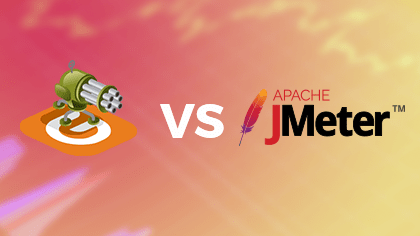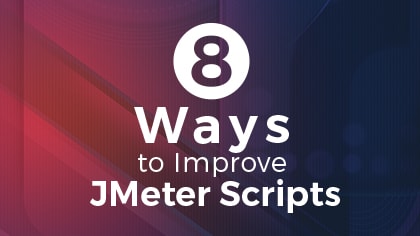Finding a way to test UX performance in mobile and web while stressing the backend
With app quality being more important than ever for app success, brand reputation, and ultimately, revenue, end-to-end performance testing becomes critical for the full and comprehensive assessment of real-world conditions that an application may face.
While performance is a product of multiple factors: the server, mobile device, network, and programming of the application itself, it becomes crucial for developers to know how the application will behave on different devices, operating systems and screen sizes, which requires measuring and analyzing the application performance at different levels.
For that reason, it’s important to know how to select the right combination of tools and methodologies that developers will use.
In this webinar, guests, Refael Botol and Sofia Palamarchuk, join host, Federico Toledo, to present how to set up and configure BlazeMeter and Apptim for mobile performance testing that offers valuable insights to your business.
In the video, they actually show how you can test client side performance for mobile and web while stressing the backend (simulating load) in a single test and the benefits of this approach.
Watch the Webinar Here
Key Takeaways
- Performance is a key factor for mobile UX and in order to improve it, we need to have more visibility on what is happening both in the backend and frontend of our apps (web and native)
- There are three main challenges for mobile development teams relating to performance: device diversity, lack of end-to-end performance visibility (front and back end), and network variability
- Typically, teams test the backend, web and mobile performance separately:
- Test the backend with a load simulation using JMeter or Gatling
- Analyze a web page with something like PageSpeed Insights (to find blocking javascript, resources you could be caching, images to optimize and so forth)
- Test the performance of the native apps on actual devices with Xcode, Android Studio, or Apptim to analyze the resources usage on different devices and versions of the operating system
- From the demo, we can actually achieve end-to-end performance visibility by integrating Taurus and Apptim along with BlazeMeter in order to test these aspects altogether!
- Test performance early on, in order to begin to see how different code changes can impact performance
Are you using these tools for mobile performance testing? What are your thoughts on this approach? Are you also facing these challenges?
Leave us a comment!
For a tutorial on how to use Apptim with BlazeMeter, check out this article.
Recommended for You
3 Key Performance Testing Metrics Every Tester Should Know
Quality Sense Podcast: Sofia Palamarchuk – Mobile App Performance
Tags In


Abstracta Team
Related Posts
Gatling vs JMeter: Our Findings
All things equal, how do these two open source load testing tools measure up? In this post, we share our results from the experiment conducted by Abstracta’s own, Santiago Peraza and Pablo Barceló, in which the objective was to make a comparative benchmark between Gatling…
Checklist: 8 Ways to Improve JMeter Scripts
Download our Checklist for Improving JMeter Scripts! As a professional software testing services company, for some time now we have been working to improve JMeter scripts for our clients so as to enable them to run performance tests quickly and easily with the help of…
Search
Contents








